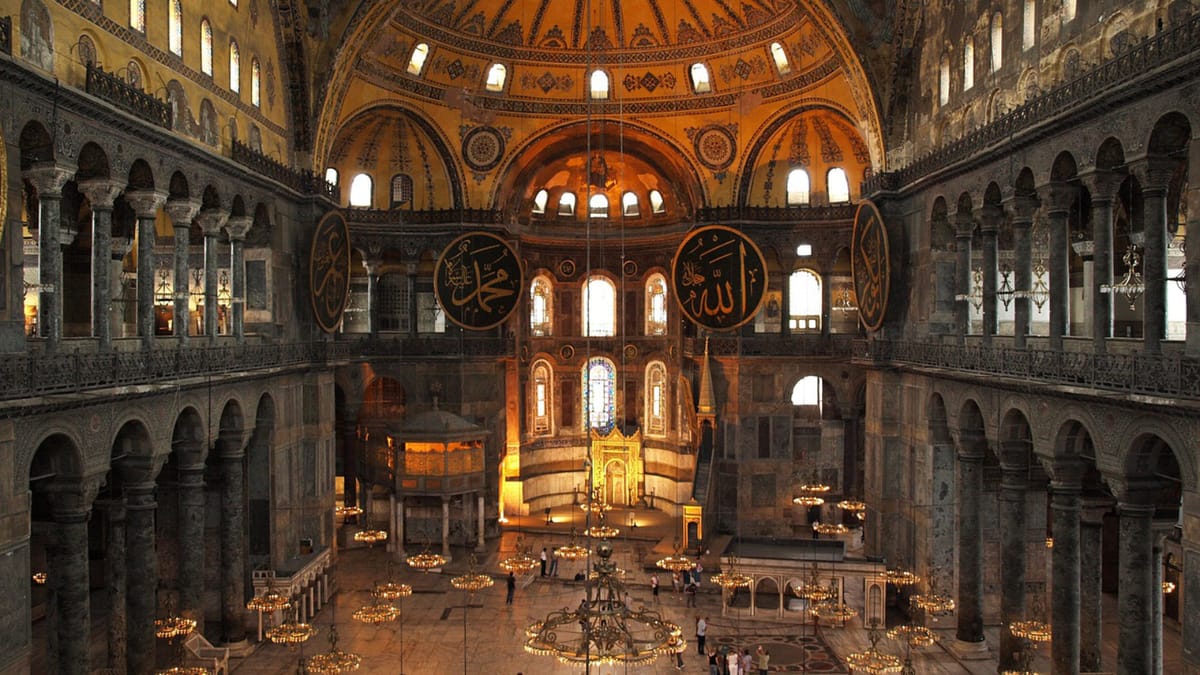A bad day at the races: The legacy of the Nika riots.
How a riot involving sports hooligans came to have a material legacy that's lasted nearly 1500 years.

One thousand, four hundred and ninety-two years ago this week, on January 13, 532, something happened in the Byzantine imperial capital of Constantinople that was to have immense consequences. Chariot racing was a spectator sport in the Eastern Roman Empire (known to us today as Byzantium), and to say it was a public obsession is something of an understatement. That day, a surly crowd gathered at the Hippodrome, the city’s chariot racing arena and central public meeting space. The people were already in an angry mood. There had been a controversy a few days before involving convicted criminals who came from the principal teams of chariot racers, the Blue team and the Green team. But on January 13, as Emperor Justinian I presided over the day’s races, shouts of the crowd for their preferred teams turned political, and the mob’s anger soon fulminated into an apparent desire to overthrow Justinian. The riots that broke out at the Hippodrome that day raged for days, burned down a significant part of Constantinople, and resulted in at least by one account a staggering 30,000 deaths. It was one of the most significant events of the period we call late antiquity.
The Nika Riots, as they came to be called, are extremely complicated and almost impossible to understand today unless you’re pretty heavily steeped in the history, culture and politics of the Eastern Roman Empire. It was, in one sense, a popular uprising against a ruler who was at that time hated and reviled, but it also has to do with the complex nature of sports fandom in Byzantium. When I tell it that way the brains of most modern people switch off immediately because it sounds so trivial. A riot that nearly overthrew one of the world’s most important governments at that time was started by fans of chariot racing teams? Yes, partly; and we can perceive some limited similarities in the modern world. Football hooligans are a well-known phenomenon particularly in Europe, and it happens to some extent in the U.S., such as when riots broke out in Chicago in the 1990s when the Bulls won the NBA championship. But instinctively it sounds so low-stakes to us, which it was not to the people of Byzantium.


